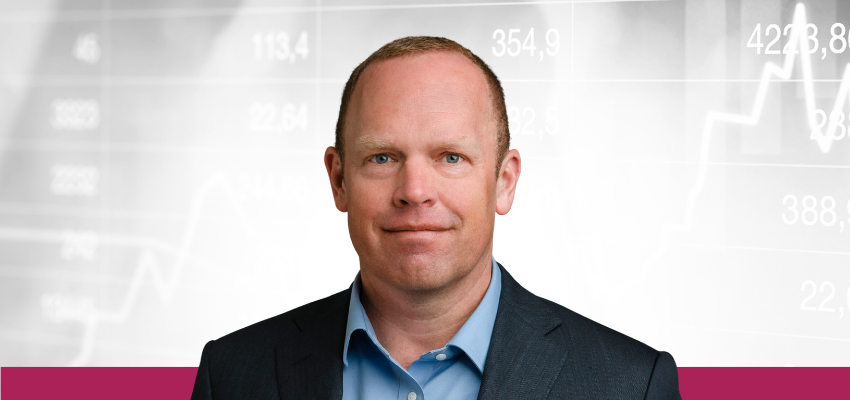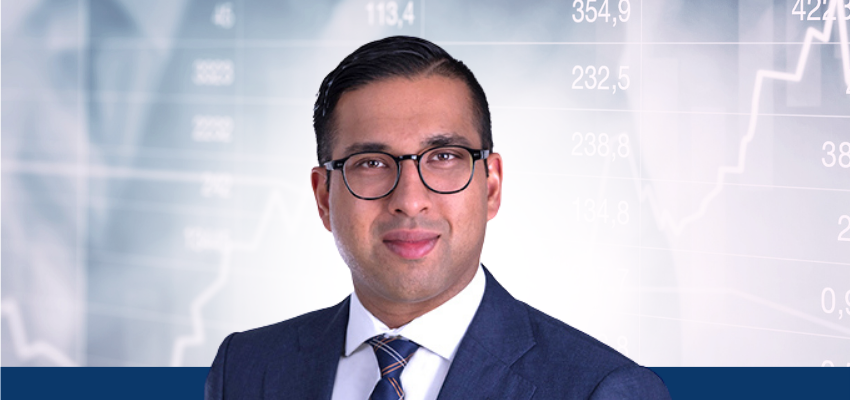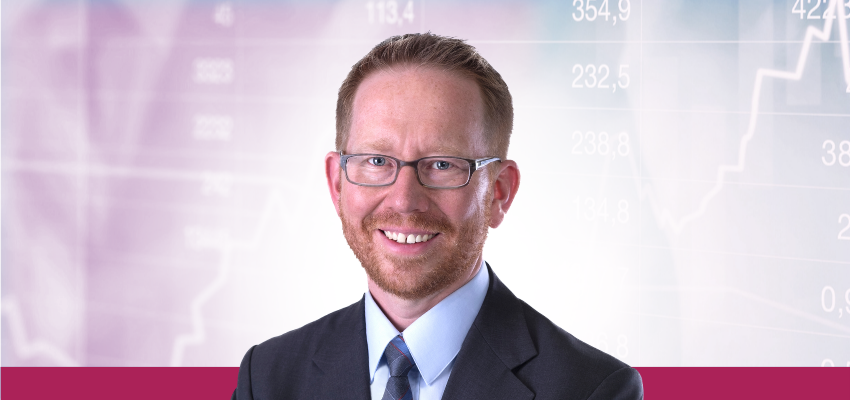Dear Unitholders,
The Pender Alternative Arbitrage Fund and the Pender Alternative Arbitrage Plus Fund were -0.3% and -0.5% respectively1 in September 2025 while the HFRI ED: Merger Arbitrage Index (USD) returned 0.8%2.
Portfolio Update
September was another active month for the Fund, characterized by steady deal flow and favourable conditions across both merger and SPAC arbitrage strategies. During the month, the Fund initiated positions in 17 new or existing deals while 12 deals held within the Fund closed. At the end of September 2025, the Fund held 45 active investments in small cap deals under $2 billion, 28 of which were valued at under $1 billion. Small-cap transactions remain a central focus of the strategy given their typically shorter durations, lower regulatory risk, and higher potential for annualized returns. The month also saw a notable positive development within the portfolio, as DallasNews Corp. (NASDAQ: DALN) was the target of a bidding war between two acquirer and announced that Hearst Newspapers, backed by key insiders and majority shareholders, had raised its cash offer from US$15 to US$16.50 per share sealing the deal to win support of shareholders. SPAC activity continued to provide attractive opportunities during the month. The Fund selectively participated in several new SPAC IPOs, many of which were heavily oversubscribed and traded strongly in the aftermarket, while also adding secondary positions at compelling implied yields. The Fund remains fully invested across a diversified portfolio of active merger and SPAC deals, reflecting our constructive outlook on the current arbitrage environment supported by a robust deal pipeline, resilient financing conditions, and sustained confidence from both strategic and financial acquirers.
M&A Market Update
Global M&A reached US$3 trillion through the first three quarters of 2025, up 33% year-over-year and marking the second-highest level on record for this point in the calendar year. The rebound has been driven primarily by a resurgence in mega-merger activity—transactions exceeding US$10 billion with several headline deals announced during September. Technology continues to lead all sectors in deal value, followed by industrials and financials, reflecting both strategic consolidation and financial acquirers renewed willingness to deploy capital at scale. With financing conditions stabilizing and regulatory outcomes becoming more predictable, corporate boards and private equity firms are signaling greater conviction in pursuing transformative transactions. The Trump administration’s pro-business stance has reinforced this momentum, fostering what may be the most transaction-friendly regulatory environment in decades, one that rewards decisive action, strategic communication, and the ability to articulate the US public-interest rationale for a transaction. As confidence builds across both strategic and financial buyers, we believe the outlook for deal activity into year-end remains constructive, with the potential for further large-scale transactions to reshape the M&A landscape.
September’s deal flow was defined by two landmark transactions that underscored the renewed confidence and strategic intent driving the current M&A cycle. In the United States, Electronic Arts (NASDAQ: EA) agreed to be acquired in a US$55 billion leveraged buyout, marking the largest LBO in history. The deal, backed by leading private equity sponsors and sovereign investors, demonstrates extraordinary conviction in both equity and credit markets, with approximately US$20 billion in debt financing successfully committed to support the transaction. The ability to raise such a sizable financing package amid a still-uncertain rate environment underscores the resurgence of lender appetite and the willingness of investors to underwrite large, complex transactions. Meanwhile in Canada, Anglo American plc announced its intention to acquire Teck Resources Ltd. (TSX: TECK), a move that highlights the strengthening bid for assets leveraged to the global energy transition. With rising demand for critical minerals such as copper, a key inputs for electrification, strategic acquirers are moving aggressively to secure long-term supply. Together, these transactions exemplify the confidence returning to global M&A, driven by improving financing conditions, strategic necessity, and a clearer regulatory backdrop that is once again enabling transformative deal-making.
SPAC Market Update
September saw renewed SPAC activity within the energy transition sector highlighted by Terra Innovatum’s announcement that it will go public through a merger with GSR III Acquisition Corp., valuing the micro-modular nuclear reactor developer at roughly US$475 million and raising approximately US$230 million in proceeds. The transaction underscores how SPACs are increasingly being used as a financing bridge for next-generation nuclear and small modular reactor (SMR) companies seeking capital to commercialize advanced energy technologies. This resurgence is occurring against the backdrop of rapidly rising electricity demand driven by the expansion of AI infrastructure and hyperscale data centers, which is intensifying interest in scalable, carbon-free baseload power solutions. As AI adoption accelerates, SMRs are emerging as a viable pathway to meet growing energy needs with consistent, low-emission output. Like the AI and crypto currency sectors, next-generation nuclear reactors are another area where SPACs can likely play a catalytic role in channeling capital toward early-stage developers.
There were 16 SPAC IPOs in September raising over $3.8 billion of capital with four deals closed and one SPACs liquidated during the month3. At the end of September there were 253 active SPACs in the market with a total value of $32.2 billion, with 156 SPACs actively searching for deals. At the end of the month, SPACs searching for targets were trading at a discount-to-trust value, which provided a yield-to-maturity of 4.08%4. The ongoing wave of SPAC IPOs, coupled with the ongoing liquidation of mature SPACs, has reshaped the market toward a newer cohort of issues. Consequently, yield-to-maturity metrics have become a less meaningful gauge of forward returns. The true source of opportunity in today’s SPAC landscape instead lies in the inherent optionality embedded across common shares, warrants, and rights typically bundled within a SPAC unit. With downside risk firmly supported by the cash held in trust, SPACs continue to present an attractive mix of capital preservation and upside potential, positioning them as a structurally appealing investment in the current market environment.
Outlook
Looking ahead to the remainder of 2025, the backdrop for both merger and SPAC arbitrage remains compelling with M&A activity tracking at the second highest level in history and the SPAC industry continuing to see a healthy flow of IPOs and favourable reception to merger announcements. The combination of a more permissive regulatory environment, improving financing conditions, particularly for large-scale leveraged transactions and sustained corporate board willingness to deploy capital provides favourable tailwinds for M&A activity. We remain constructive on the outlook for the Fund through the year and into 2026 with a bevy of deals allowing the Fund to be continually fully invested with an abundance of new deals to deploy capital into. In an environment where traditional asset classes are increasingly correlated and valuations remain elevated, merger arbitrage offers a differentiated source of return driven by deal-specific catalysts rather than broad market direction. The strategy’s short-duration, event-driven nature allows capital to recycle quickly while maintaining a relatively low sensitivity to interest rates and equity market volatility. For investors seeking non-correlated, absolute-return exposure with an emphasis on risk control and capital preservation, merger arbitrage can serve as a valuable complement within a diversified portfolio.
Amar Pandya, CFA
October 24, 2025
[1] All Pender performance data points are for Class F of the funds. Other classes are available. Fees and performance may differ in those other classes. Standard performance information for the funds can be found here: https://www.penderfund.com/liquid-alternative-funds/
[2] The benchmark for both funds is the HFRI ED: Merger Arbitrage Index (Hedged to CAD).
[3] SPAC Research
[4] https://www.spacinsider.com/




